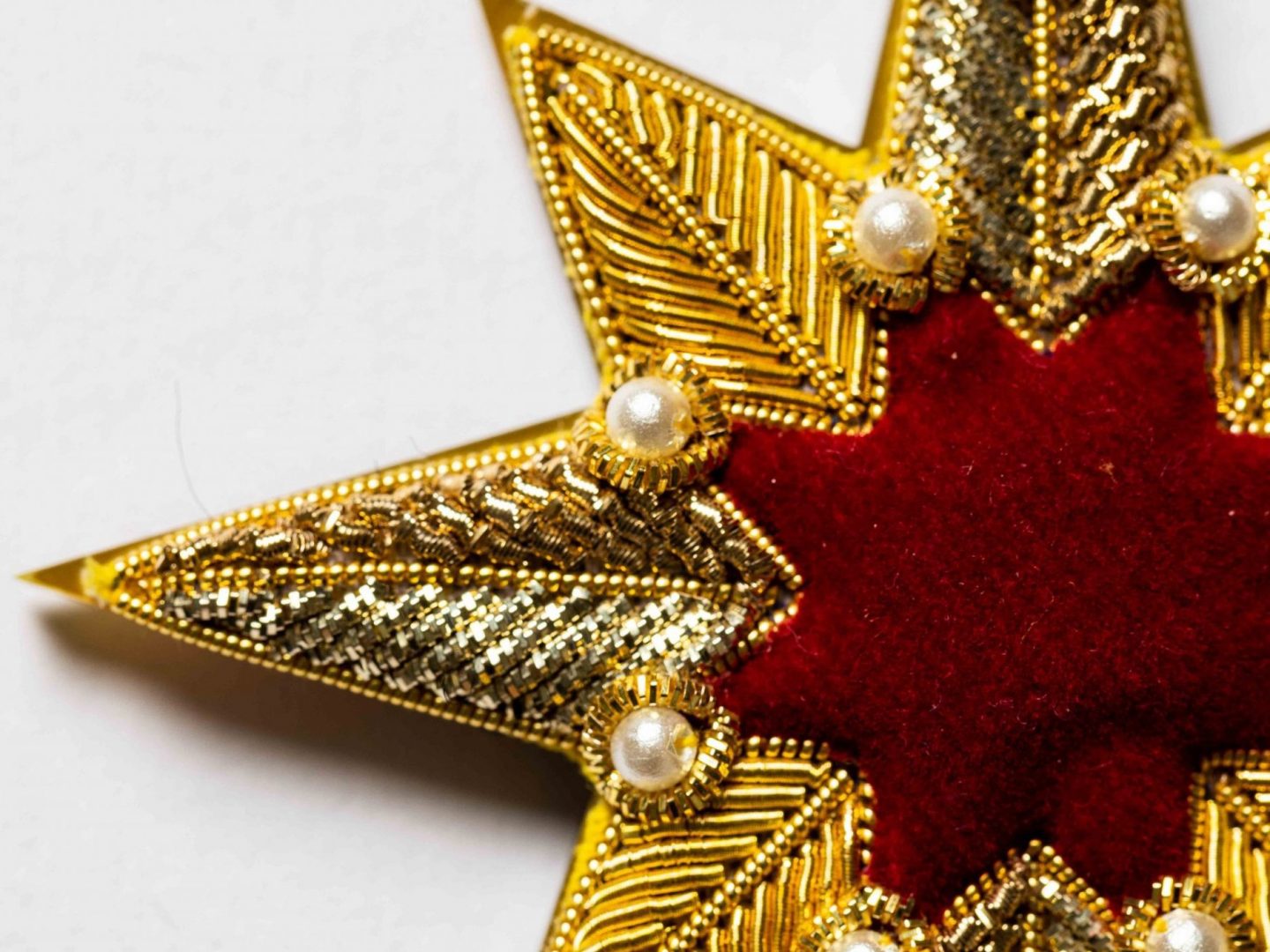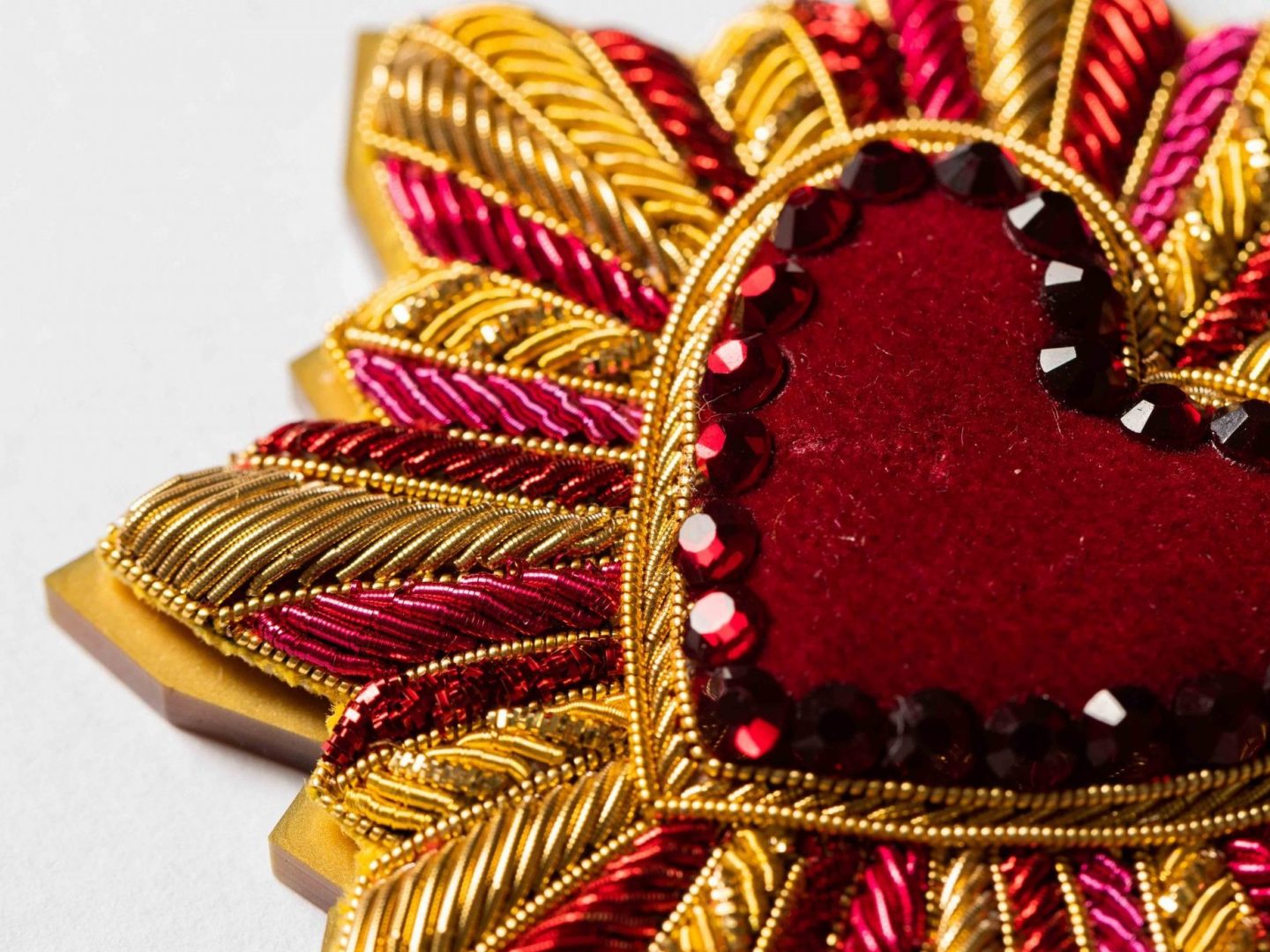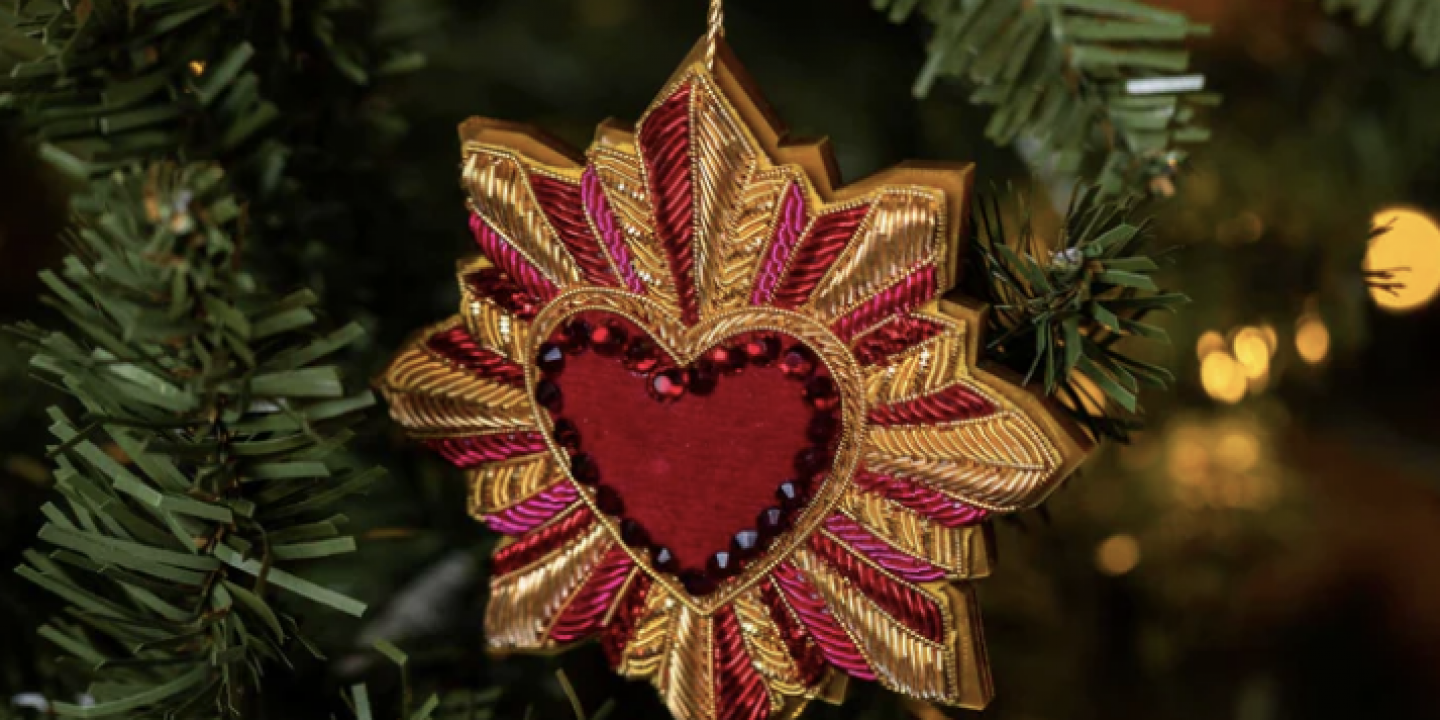

Every year they come out of storage and are placed one by one on the tree. For many, it’s a ritual enjoyed by the whole family with mulled wine and Christmas music. The trees may change but the decorations are often family heirlooms, each with a story or a special meaning.
In many ways, the decorations predate the Christmas trees themselves. The seasonal decorations even predate the Christian era. During the bleak midwinter, a pagan festival called Saturnalia, called for ancient Romans to decorate their homes with wreaths and evergreen boughs. Similar to our modern Christmas, the festival featured a giant feast and the exchange of gifts.
Shifting forward to the Christian era, decorating trees had been a feature of German winter solstice traditions for centuries. This changed after 1605 when it became popular to bring a tree into the home and decorate it. For Germans, it was customary to hang fruit and nuts on trees when all the leaves fell off. This was intended to symbolise the promise of spring to come.
Decorated trees in the home remained a solely German tradition even as it spread to the Americas with German immigrants. In the US the decorations changed to reflect what was available. The tradition of stringing dyed popcorn began, and some fruits and nuts were replaced with cookies and sweets.
Queen Victoria’s tree
The practice of decorating a tree would remain a German tradition if it wasn’t for Queen Victoria and Prince Albert. The modern Christmas tree became a global icon of Christmas celebrations when a black and white illustration of a decorated tree was published in 1846. This tree belonged to Queen Victoria and her family, who were included in the illustration admiring their decorated tree. Whatever Queen Victoria did quickly became popular with England’s middle classes and the East coast American elite.
From an obscure German tradition to an Empire-wide Christmas tradition.
It’s fair to say the Germans may have begun the tradition but Queen Victoria launched the Christmas tree as we know it today.
German decorations
Where did the candy cane decorations come from? Well, that’s another German Christmas tradition. Established around 1670 the candy cane was offered by the choirmaster at the Cologne Cathedral in Germany to help children sit still during the long Christmas services. The shape is inspired by the crooks carried by the three shepherds in the nativity.
And what about baubles? Well for this we have to stay put in Germany. The first glass baubles were created by Hans Greiner in the 1800s inspired by the shapes of the fruit and nuts that had been traditionally hung. Shockingly, the first decorations were coated inside with toxic mercury or lead for a dazzling shine. Hans Greiner’s glass creations became an international smash hit after it was revealed he had provided the decorations for Queen Victoria’s tree.


But tinsel, that ubiquitous dazzling way to add volume sparkle and colour to a tree. That can’t be German, can it? Oh but it is! Tinsel (or ‘das Lametta’) was originally made with real silver and then later tiny strips of tin, hence the name ‘Tinsel’ in English.
A return to tradition
After decades of cheap plastic baubles, plastic tinsel and plastic trees. A new generation is looking back to the handmade quality of the past.
Many families are spending time making decorations each December. This can mean baking gingerbread men, dehydrating fruit or making delicate paper decorations.
Artisan skills are once again being recognised. Hand-blown glass baubles are growing more popular with each passing year, and hand-carved decorations are steadily replacing plastic. The new emphasis seems to be on sustainable and hand-made decorations that can be passed from one generation to the next.
Hand & Lock’s own embroidered hanging decoration range has expanded this year to include a new star constellation set. Featuring exquisite goldwork embroidery, these embroidered christmas decorations are an instant heirloom that can stay in the family for generations.

